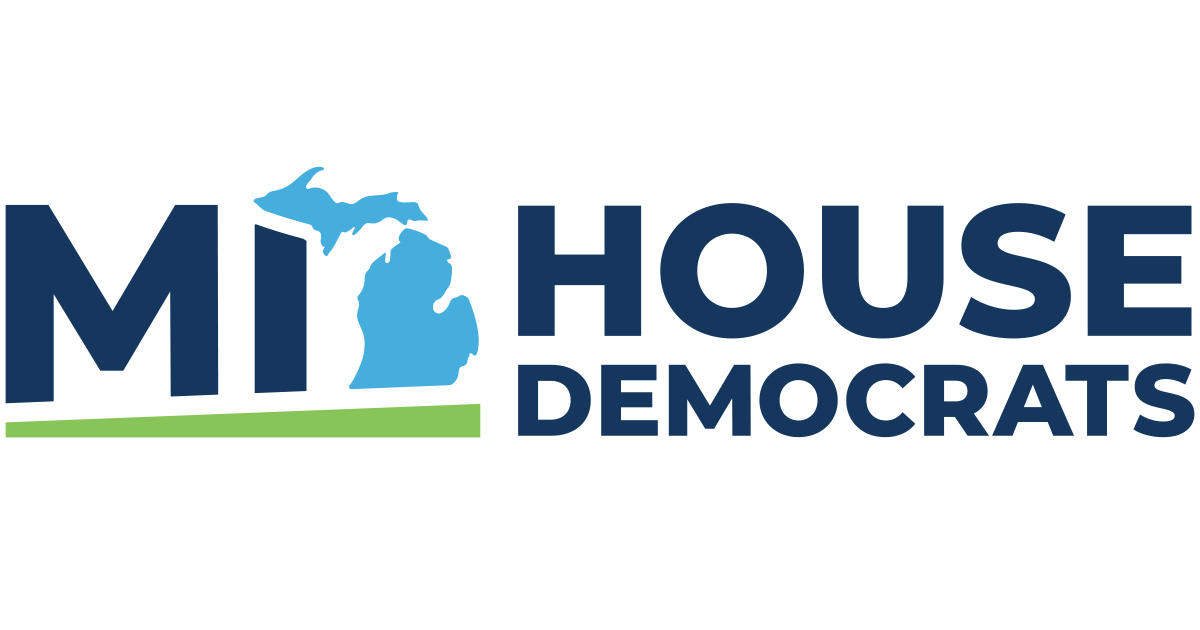DETROIT — State Reps. Stephanie Chang (D-Detroit), Darrin Camilleri (D-Brownstown Township), Kristy Pagan (D-Canton), and Robert Wittenberg (D-Oak Park) introduced a package of bills today to aid in creating healthy school environments to help students learn and grow. The seven bills would help schools improve the health and wellness of students and staff, reduce their environmental impact and energy costs and address environmental and sustainability literacy. The legislators also announced the creation of the Better Classroom Caucus, which Wittenberg will chair, to address the environmental and health factors in schools.
“Studies[1] show that school location and air pollution are linked to student attendance and academic performance, so if we want our kids to be healthy enough to attend school and to do well in school, then we need to make sure they have a healthy school environment,” said Chang. “These bills outline steps our schools and the state can take, such as my bill that addresses school siting, to create a healthier physical environment for our students.”
Rep. Camilleri added, “Given recent events in our state regarding water and air quality, it’s vital that our schools regularly conduct tests to ensure that our students are drinking clean water and breathing clean air. This package protects students’ long-term health, while also giving parents and families the certainty they deserve about the environmental standards of their child’s school.”
The seven-bill package consists of the following bills:
- School Siting: Requires environmental assessments be conducted for any proposed school construction site or additions to an already acquired site. (Chang)
- Air and Water Testing: Requires the state Board of Education to revise its model local wellness policy to include a plan for testing the water and air quality in every school. (Camilleri)
- Environmental Testing Assistance Fund: Creates a one-time $9 million supplemental appropriation for water and air quality testing and remediation in schools. (Camilleri)
- School Energy Audits: Encourages each school building in a district to conduct an energy audit every three years to identify potential efficiencies and conservation improvements. (Yanez)
- School Lighting Standards: Suggests a lighting standard in newly constructed schools that would be in line with Leadership in Energy and Environmental Design (LEED) efficiency standards. (Wittenberg)
- Environmental Literacy Task Force: Creates the Environmental Literacy Task Force to develop an environmental literacy model curriculum designed to help students understand and address environmental challenges, contribute to students’ healthy lifestyles, improve existing environmental curriculum, and provide activities and programs that advance environmental education. (Pagan)
“Educating our high school students about sustainability and environmental concerns will make them better stewards of our natural resources,” said Pagan. “The students of today are tomorrow’s teachers, scientists and community leaders who will be making impactful decisions about our environment.”
Joining the legislators to announce the package were, Emile Lauzzana, Director of Community-Michigan for the U.S. Green Building Council; Professor. Paul Mohai, from the School for Environment and Sustainability at the University of Michigan; Professor. Byoung-Suk Kweon, from the Department of Plant Science and Landscape Architecture at the University of Maryland and Michigan State Board of Education member Pam Pugh.
“U.S. Green Building Council is proud to support this effort and the Better Classrooms Caucus," said Emile Lauzzana, Director, Michigan Community USGBC. "States with green school policies teach students to lead in a changing world and demonstrate a commitment to fiscal responsibility, good job growth, and healthy, high-performance facilities.”
“By forming the Better Classroom Caucus, we hope to bring legislators from both sides of the aisle together to work on maintaining a clean, safe environment for our students, as well as encouraging our students to think about the environment and sustainability to make them good stewards of Michigan’s natural resources,” said Wittenberg.
According to the USGBC, 18 Michigan schools have already achieved LEED standards and efficiency in their buildings. According to the U.S. Green Building Council, there are currently 12 states, along with the District of Columbia, that have adopted policies similar to those proposed here in Michigan for new construction: Arizona, Connecticut, Colorado, Florida, Hawaii, Illinois, Kentucky, Maryland, New Jersey, Ohio, Rhode Island, Washington.
[1] Mohai, et al. “Air Pollution Around Schools Is Linked to Poorer Student Health And Academic Performance.” Health Affairs, 2011.
